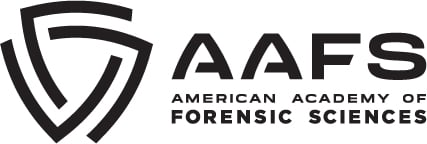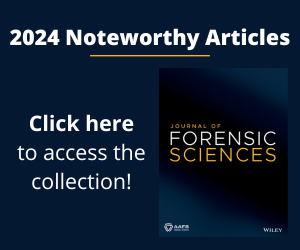JFS Virtual Issue Compiled to Celebrate National Forensic Science Week
Pattern comparison in forensic science has a long history. Within the last two decades there has been an unmistakable paradigm shift toward putting these long-used techniques into a verifiable scientific framework. The shift arguably got underway with the 1993 SCOTUS Daubert decision. It has accelerated of late with the publication of the National Academy of Sciences (NAS) report of 2009 and the President’s Council of Advisors on Science and Technology (PCAST) report of 2016. A renaissance has now begun in the pattern comparison fields with the application of rigorous statistically based methodologies to pattern evidence which fully apply the tenets of academic research in computational science as well as applied physics, mathematics and chemistry. In this special virtual issue of the Journal of Forensic Sciences, we have compiled a selection of outstanding articles which illustrate the ethos of modern scientific development for the forensic pattern
comparison fields in an era of critical self-assessment and efficacy.
Two papers each were selected with respect to blood pattern analysis, footwear impression patterns, firearms based toolmarks and gunshot residue. The field of blood stain pattern analysis has been notoriously difficult to model quantitatively. The first two selected papers address this challenge. They concern foundational issues in the formation of these patterns and address statistically based classification systems. The next two papers bring to bear state of the art machine learning methodologies to examine digitized footwear impression patterns. The third set of papers, focusing on patterns from firearms evidence, show how very similar methodologies can achieve the same aims when applied to not only 2D patterns but 3D patterns as well. These papers are particularly noteworthy in that they address practical issues of real patterns found in case work. They illustrate how quantitative analysis of large data sets aid practitioners in making more objective decisions. The final set
of papers discuss how commonly encountered gunshot residue data can be used to both better understand its material science and the physics of its deposition. Leveraging this information, the papers illustrate how to better inform crime scene processing and build sophisticated probability models to weigh the strength of evidence.
This compilation of excellent papers serves as a solid foundation for more research into pattern recognition, which will further strengthen such methods in the forensic sciences.
Nicholas D.K. Petraco, Ph.D.
Professor
Department of Science, Faculty of Chemistry and Faculty of Criminal Justice
John Jay College of Criminal Justice and The Graduate Center
City University of New York
and
Associate Editor
Journal of Forensic Sciences





